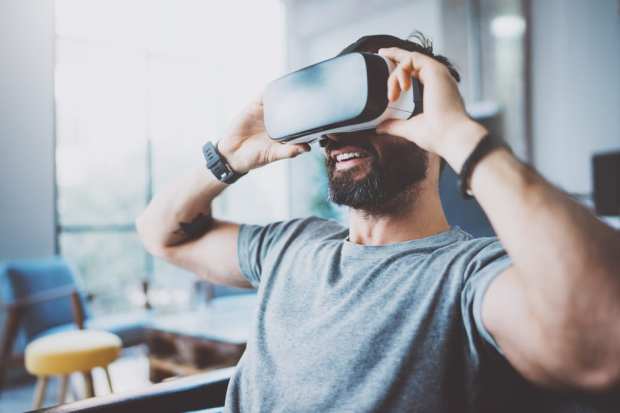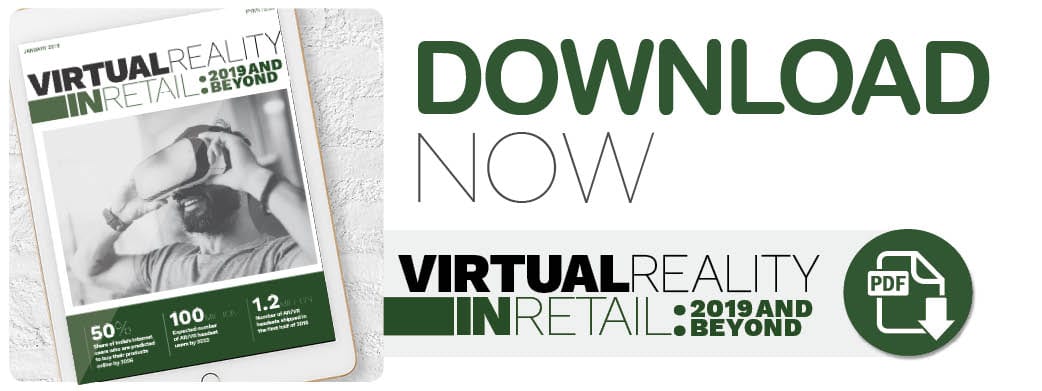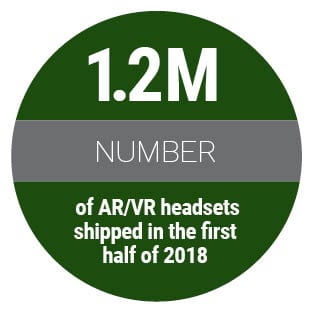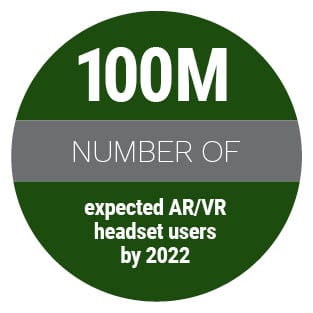The VR Effect On Retail: Fad Or True Game-Changer?

 Move aside, storefront mannequins. Hot on the heels of its close cousin, augmented reality (AR), more retailers are using immersive virtual reality (VR) experiences to entice customers through the doors of physical storefronts.
Move aside, storefront mannequins. Hot on the heels of its close cousin, augmented reality (AR), more retailers are using immersive virtual reality (VR) experiences to entice customers through the doors of physical storefronts.
 As a novelty, VR can allow customers to feel, manipulate and interact with products in new ways. While many retailers are using the technology to create tailored experiences for their brands, it may well become a new way for customers to shop, too.
As a novelty, VR can allow customers to feel, manipulate and interact with products in new ways. While many retailers are using the technology to create tailored experiences for their brands, it may well become a new way for customers to shop, too.
Brands like Macy’s and Timberland are employing VR-equipped smart mirrors for everything from product testing to checkout, while clothing retailers like Tommy Hilfiger and The North Face are using headsets to provide 360-degree outdoor views, right in the middle of the mall.
 Meanwhile, online retailers like Amazon and Alibaba aren’t letting this technology pass them by, especially as VR headsets become more prevalent in consumers’ homes: The number of VR users worldwide jumped from 85 million to 171 million in 2018. With more at-home shoppers curious about this hardware, VR is also gaining its place in eCommerce as a way for consumers to have a full, tactile experience in an online store.
Meanwhile, online retailers like Amazon and Alibaba aren’t letting this technology pass them by, especially as VR headsets become more prevalent in consumers’ homes: The number of VR users worldwide jumped from 85 million to 171 million in 2018. With more at-home shoppers curious about this hardware, VR is also gaining its place in eCommerce as a way for consumers to have a full, tactile experience in an online store.
In the Virtual Reality in Retail: 2019 and Beyond Report, PYMNTS looks at how exactly VR is being used to create a new way to shop and pay. From test drives across the Italian Alps to picking out a new couch for one’s living room, VR is rapidly changing the way consumers interact with retail.
